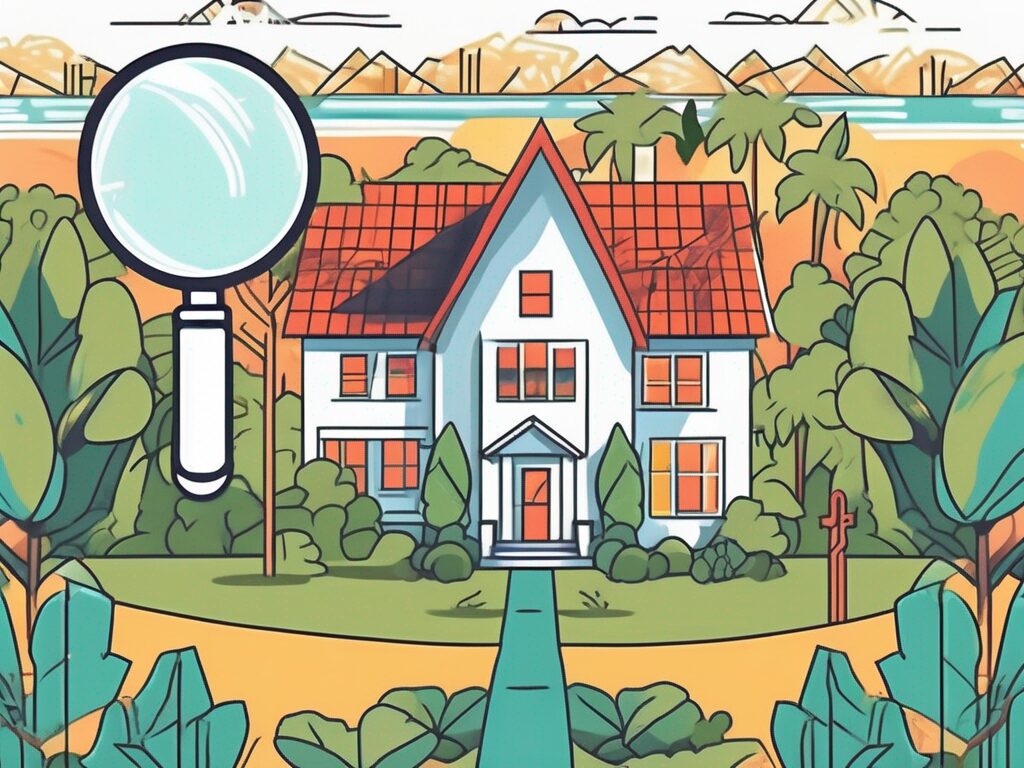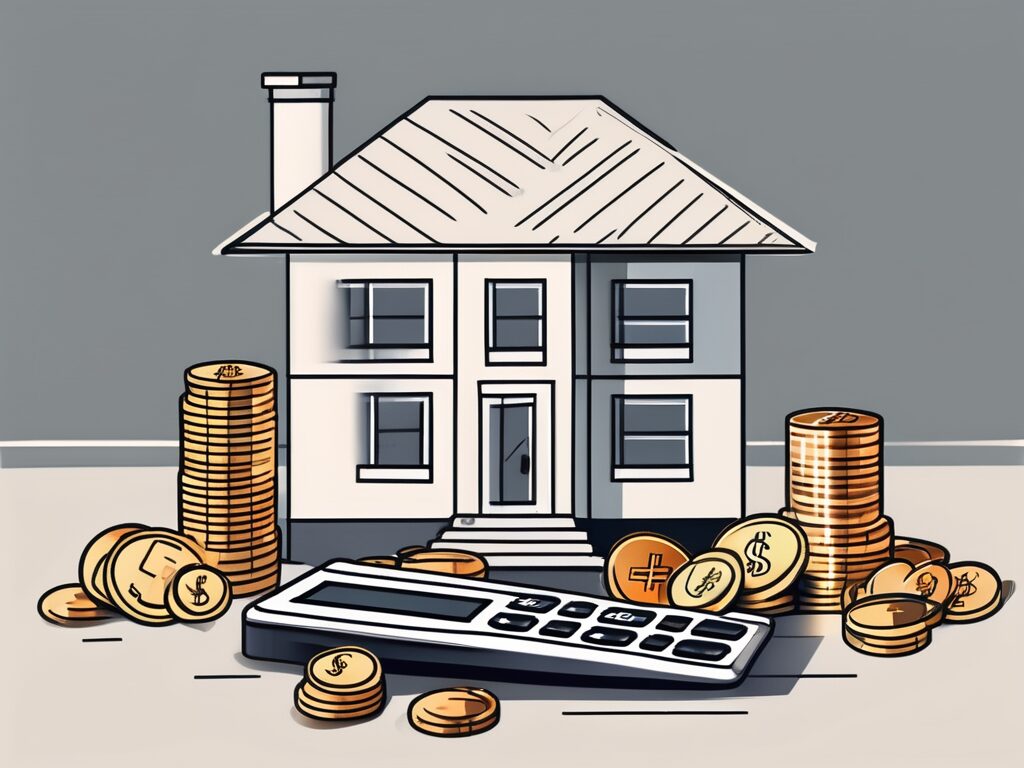
Agent A-Team or Solo Superhero? Finding the Right Real Estate Partner for Your Selling Journey in Wildwood Florida
When it comes to selling your home in Wildwood, Florida,…
January 29, 2024
Are you thinking about buying a house but unsure about how much you can afford? Calculating your monthly payments is a crucial step in determining the house that fits within your budget. By understanding the components of a monthly mortgage payment and utilizing tools like the home affordability calculator, you can confidently navigate the homebuying process and maximize your budget. In this guide, we will cover the importance of considering monthly payments, how to calculate affordability with the home affordability calculator, and tips and tricks to stretch your homebuying budget. Let’s dive in!
When it comes to buying a house, many factors need to be taken into account. One of the most important considerations is the monthly payment, as it directly affects your financial situation for years to come. While the purchase price of the house is certainly significant, it’s the monthly payment that determines whether you can comfortably afford the home in the long term.
But why is the monthly payment so crucial? Let’s delve deeper into this topic to understand its significance.
A monthly mortgage payment typically consists of four main components: principal, interest, property taxes, and homeowners insurance. Each of these components plays a vital role in shaping your monthly payment and overall affordability.
The principal is the amount borrowed to purchase the home. It represents the actual cost of the property and is spread out over the loan term. The interest, on the other hand, is the cost of borrowing that money from the lender over the life of the loan. It is calculated based on the interest rate and the remaining balance.
In addition to the principal and interest, property taxes also contribute to your monthly payment. These taxes are levied by the local government and are based on the assessed value of your property. The amount can vary depending on the location and the tax rates set by the authorities.
Furthermore, homeowners insurance is another component that needs to be considered. This insurance protects your investment in case of unforeseen events such as fire, theft, or natural disasters. The cost of homeowners insurance can vary depending on the coverage and the insurance provider.
It’s important to consider all these components when calculating your monthly payment because they can vary based on factors such as location, loan terms, and insurance coverage. Understanding how they contribute to your overall payment will give you a clearer picture of what you can afford.
Moreover, it’s worth noting that the monthly payment is not the only financial obligation associated with homeownership. Additional costs such as maintenance, repairs, and utilities should also be factored into your budget. These ongoing expenses can have a significant impact on your overall financial stability.
Another aspect to consider is the potential for changes in your financial situation. Life is unpredictable, and circumstances can change over time. It’s important to ensure that your monthly payment is manageable even if your income fluctuates or unexpected expenses arise.
In conclusion, while the purchase price of a house is important, it’s the monthly payment that truly determines the affordability of a home. Understanding the components of a monthly mortgage payment and considering other financial obligations and potential changes in your situation will help you make an informed decision and ensure a more secure financial future.
Determining your budget is a crucial step before starting your house-hunting journey. The home affordability calculator is a powerful tool that takes into account your income, debts, and other financial factors to estimate the maximum purchase price you can afford.
By inputting your income, monthly debt payments, desired loan term, and interest rate, the calculator will provide you with an estimate of your affordability. It’s important to be as accurate as possible when entering your information to obtain the most realistic results.
The home affordability calculator helps you set realistic expectations, saves you time and effort, and enables you to focus your search on properties within your budget. Remember, though, that the calculated affordability serves as a starting point – consulting with a mortgage professional will provide you with more accurate figures tailored to your specific situation.
Once you have a general idea of your affordability, it’s time to determine how much house you can actually afford. While the home affordability calculator gives you an estimate, it’s essential to consider other aspects of your finances and lifestyle.
Consider your monthly expenses, such as utilities, transportation costs, groceries, and savings goals. It’s prudent to leave some room in your budget for unexpected expenses and future financial goals.
Additionally, think about your long-term plans. Are you planning to start a family? Will your income increase or decrease in the near future? These factors can influence the amount of house you can comfortably afford.
Moreover, it’s important to take into account the location of the property you are considering. Different areas have varying costs of living, property taxes, and insurance rates. Researching the local real estate market and understanding the average home prices in your desired area will give you a better sense of what you can afford.
Furthermore, it’s crucial to evaluate your current debt-to-income ratio. Lenders typically look at this ratio to determine your ability to repay the loan. Lowering your debt and increasing your income can improve your chances of qualifying for a larger loan amount.
Lastly, don’t forget to consider the down payment and closing costs. Saving up for a down payment can significantly impact the amount of house you can afford. Additionally, closing costs, such as appraisal fees, title insurance, and attorney fees, should be factored into your budget.
By carefully assessing your finances and future goals, you can arrive at a realistic budget that ensures you find a house that not only fits your current lifestyle but also accommodates your future plans.
Now that you know how to calculate your monthly payments and determine your budget, let’s explore some tips and tricks to help you maximize your homebuying budget.
Buying a house is a significant financial decision, and it’s essential to make the most of your budget. Fortunately, there are several creative ways to stretch your homebuying dollar and ensure you get the best value for your money.
One option to consider is purchasing a fixer-upper – a house that requires some renovations. While it may seem daunting, buying a fixer-upper allows you to purchase a home at a lower price and invest in upgrades over time. This strategy can save you money upfront and increase the value of your property in the long run.
Another strategy is to explore neighborhoods that are up-and-coming or have lower home prices. Often, these areas offer great potential for future appreciation, allowing you to get more house for your money. Researching market trends and working with a knowledgeable real estate agent can help you identify these promising neighborhoods.
Additionally, consider looking for homes that have been on the market for a while. Sellers of these properties may be more willing to negotiate on the price, giving you an opportunity to secure a better deal.
If saving for a down payment seems overwhelming, don’t fret. There are low- and no-down-payment mortgage options available that can help you get into a home sooner than expected.
Government-backed loans, such as FHA loans and VA loans, offer low down payment requirements, making homeownership more accessible. These loans have specific eligibility criteria, so it’s essential to research and understand the requirements before applying.
Additionally, some conventional loans offer down payment assistance programs that can further reduce the amount you need to save. These programs vary by lender and location, so it’s worth exploring different options and discussing them with a mortgage professional.
If you’re determined to save for a traditional down payment, there are strategies that can help accelerate your savings. Firstly, create a monthly budget and identify areas where you can cut back on expenses. This could be anything from dining out less frequently to reducing subscription services.
Consider setting up an automatic savings plan where a portion of your paycheck is directly deposited into a dedicated savings account. This strategy eliminates the temptation to spend the money and steadily grows your down payment fund.
Furthermore, explore special savings programs for first-time homebuyers. Some states offer down payment assistance programs, grants, or tax credits that can provide a significant boost to your savings efforts. Research these programs in your area and take advantage of any opportunities available to you.
Remember, buying a house is an exciting milestone, but it’s important to approach it with careful planning and consideration. By understanding the importance of monthly payments, utilizing the home affordability calculator, and maximizing your budget through creative strategies, you can confidently determine the house you can afford and embark on a journey towards homeownership that aligns with your financial goals and lifestyle.

If you want the Richr team to help you save thousands on your home just book a call.
 Book a call
Book a call